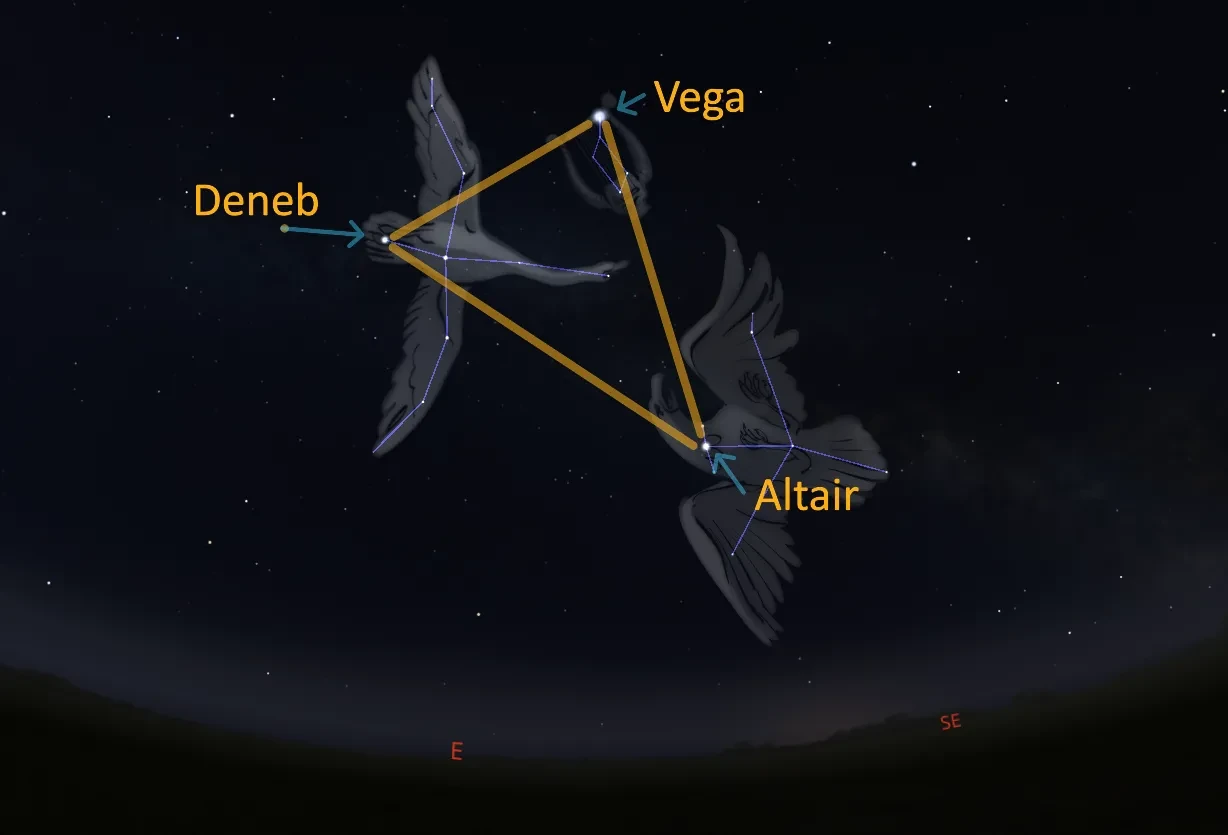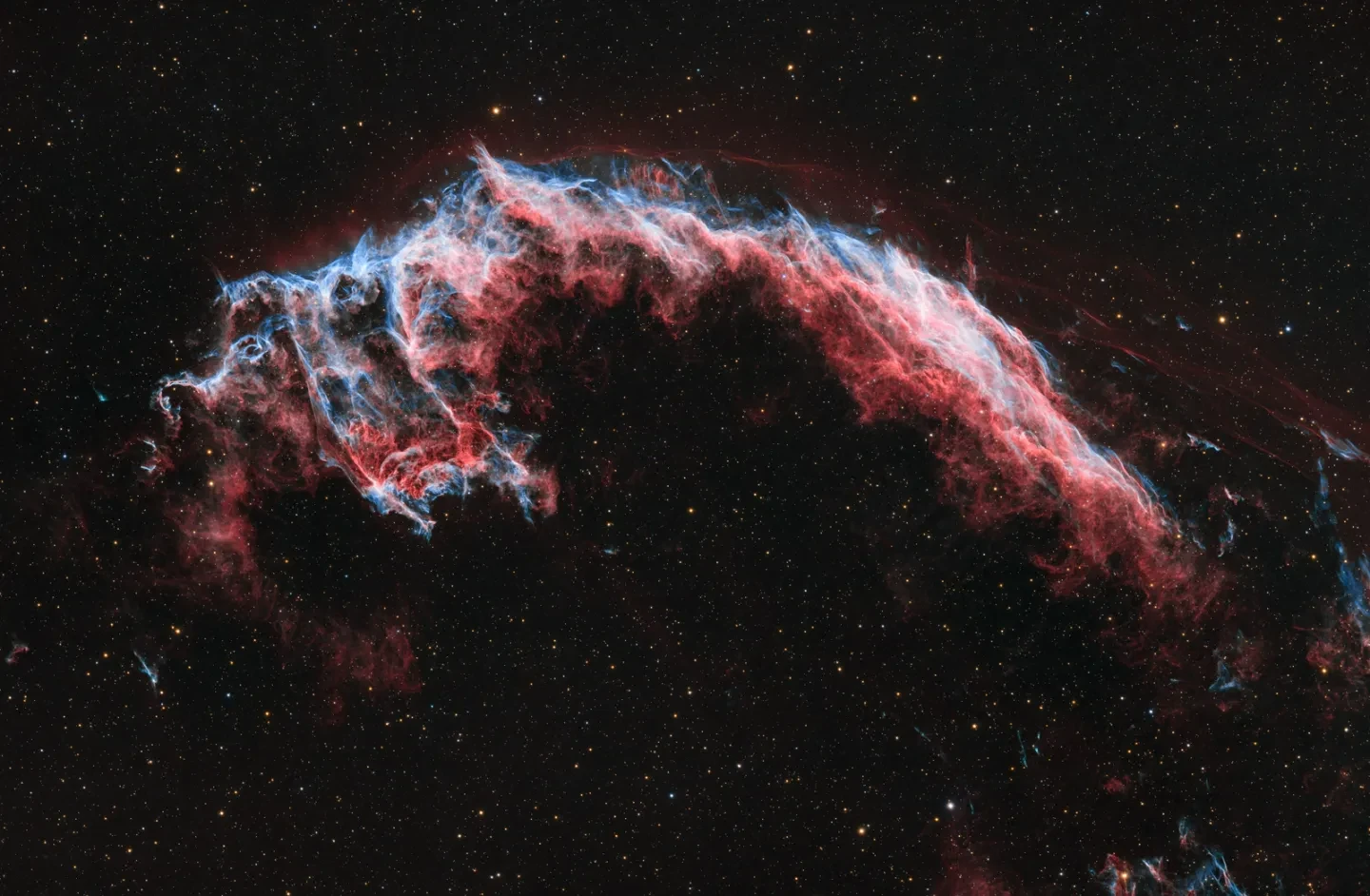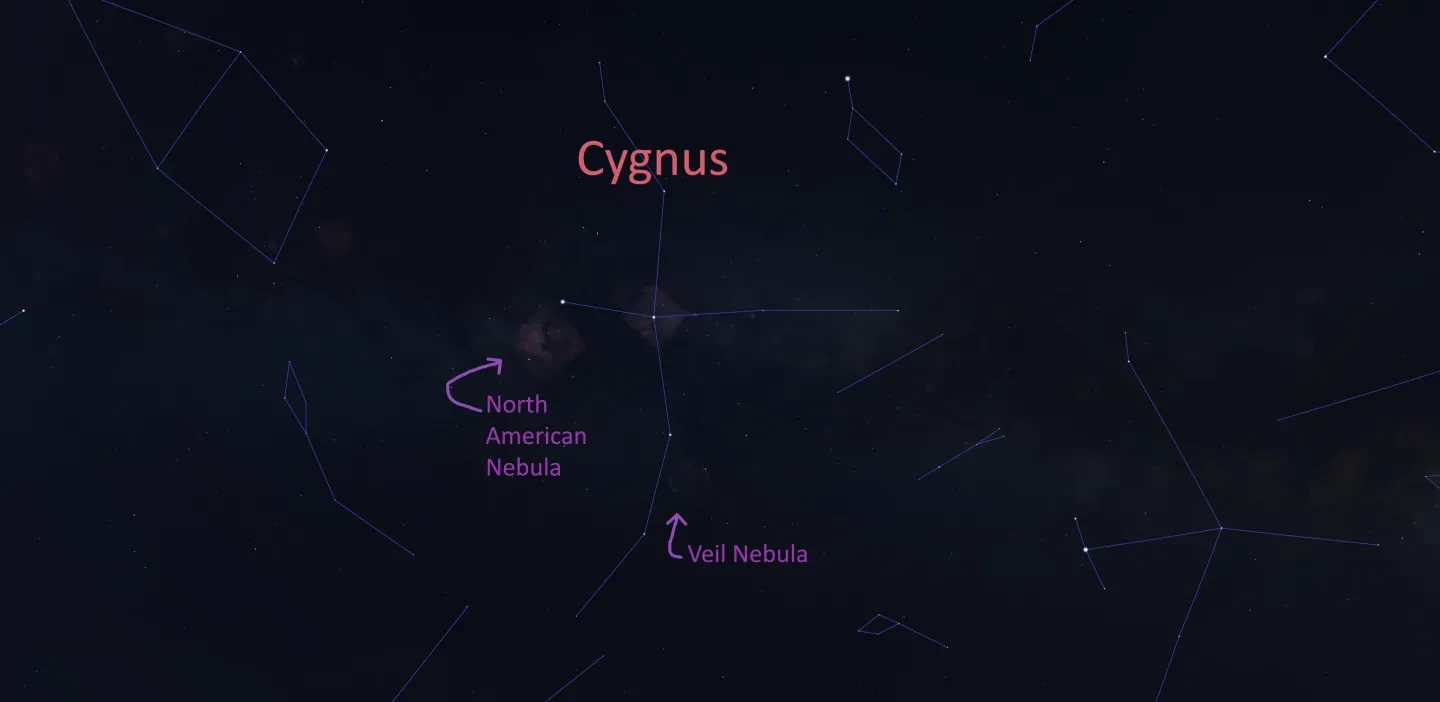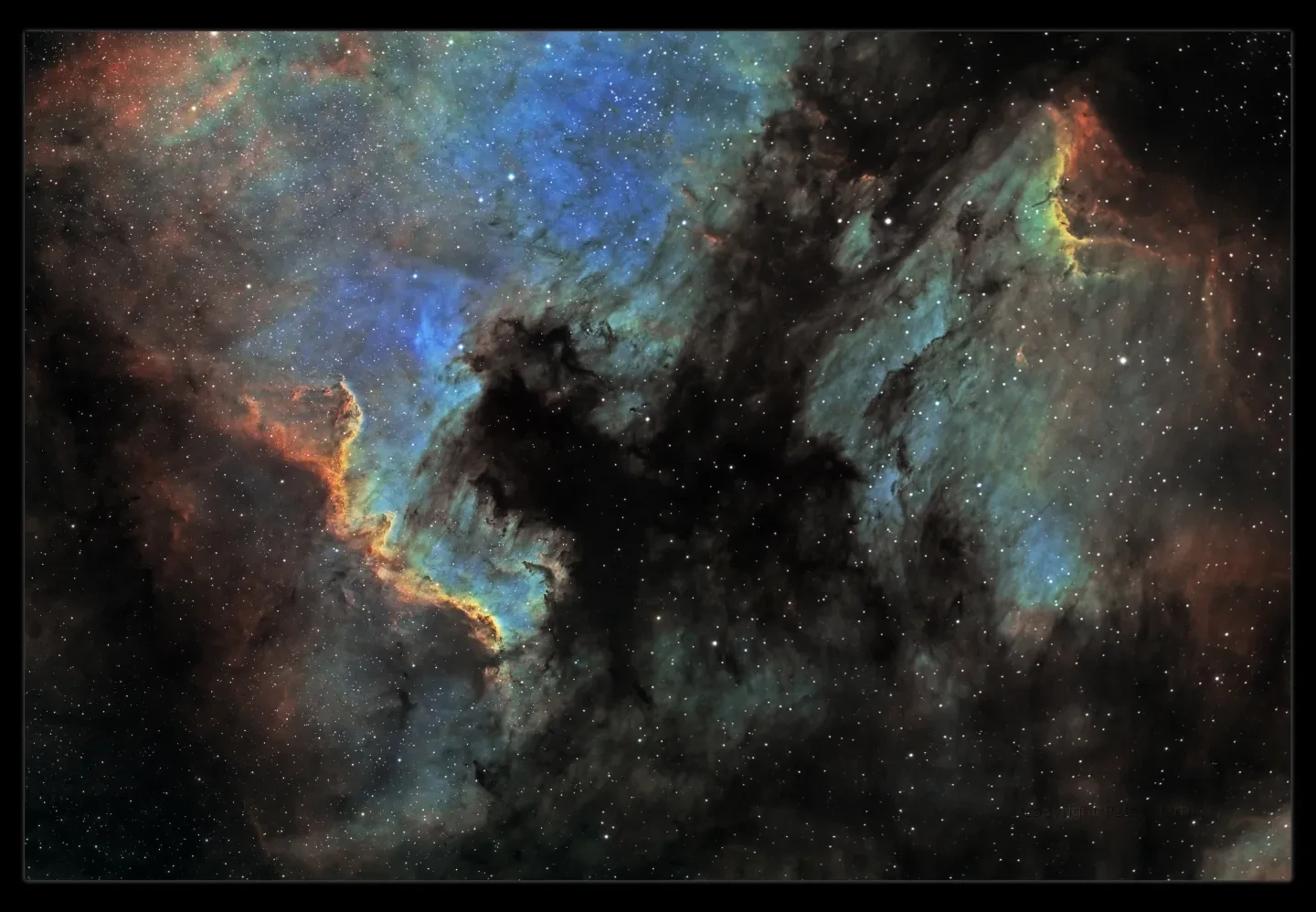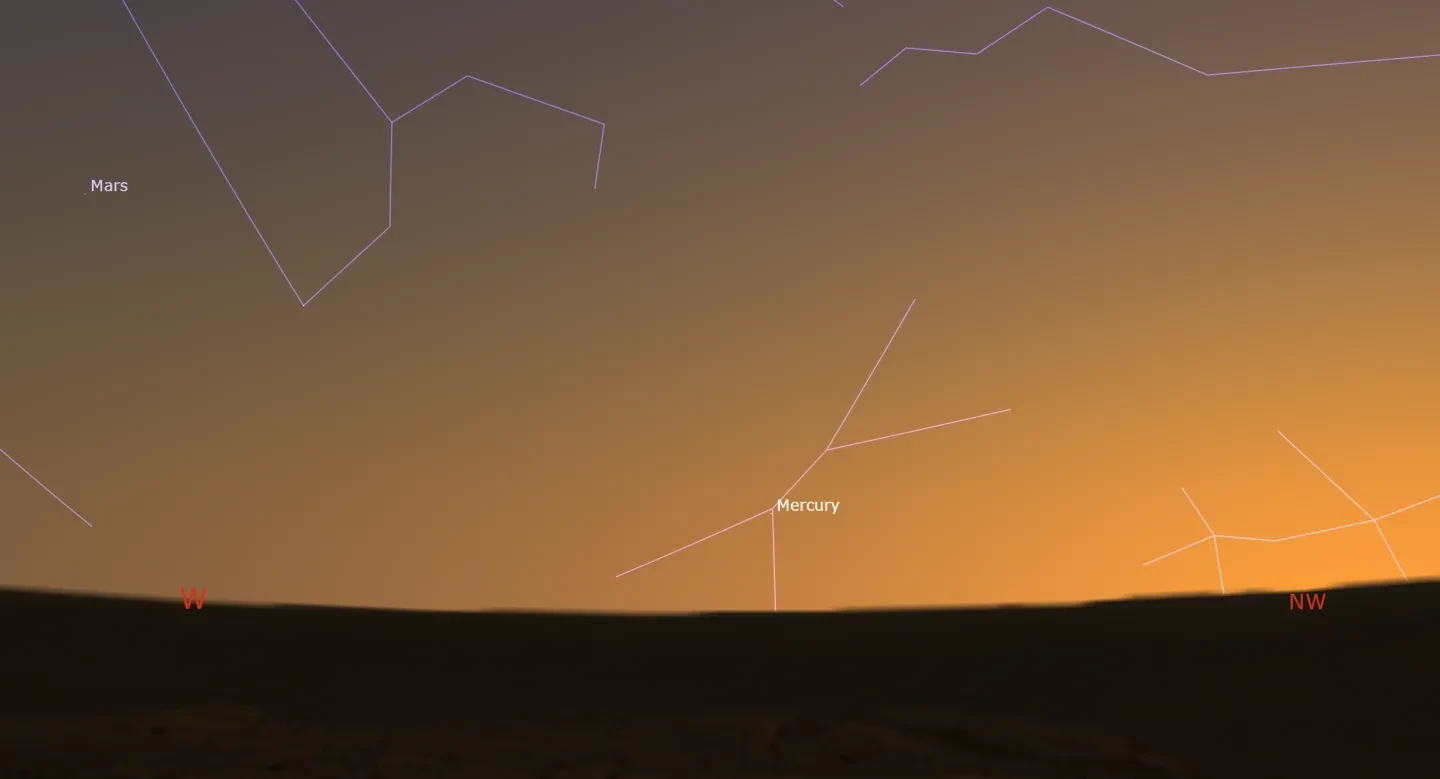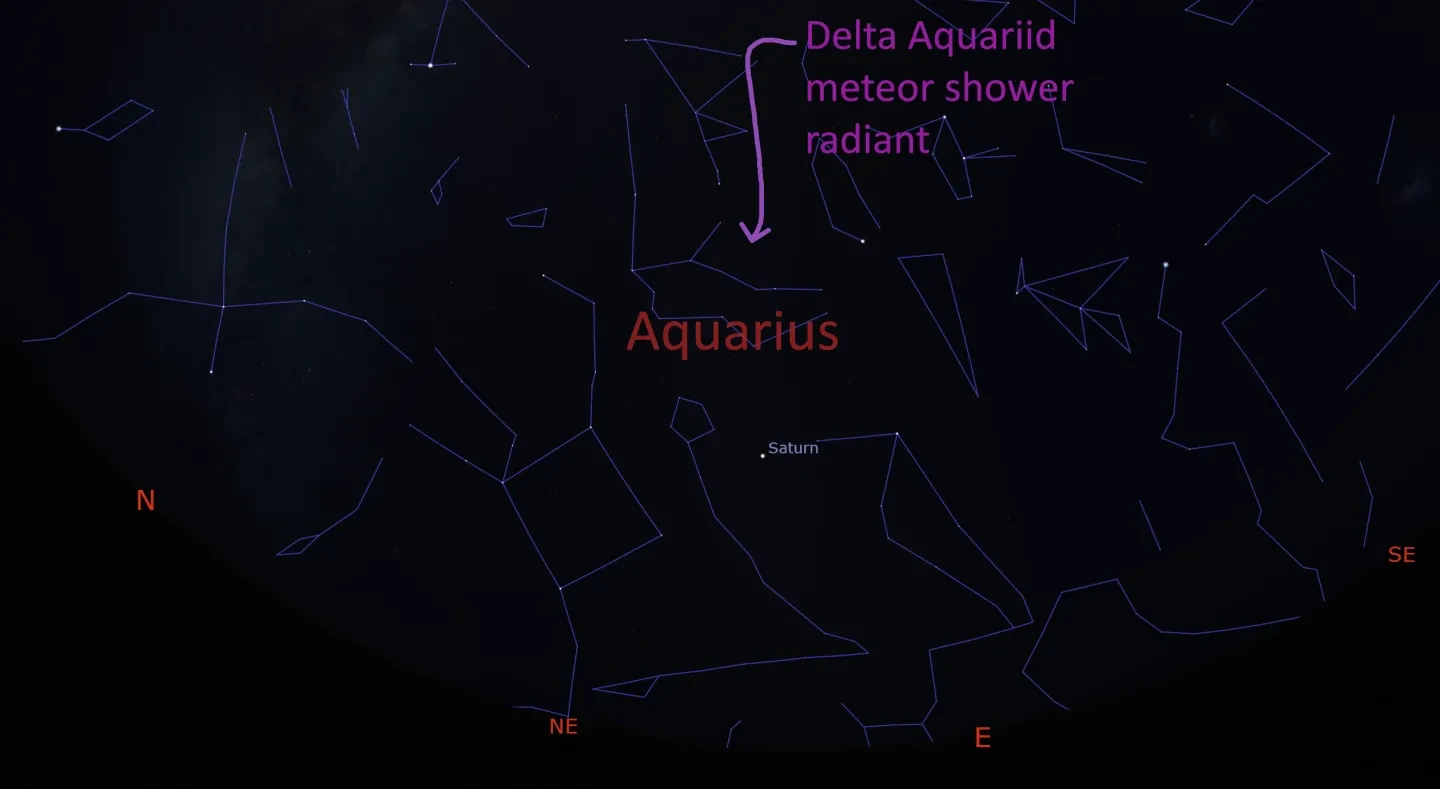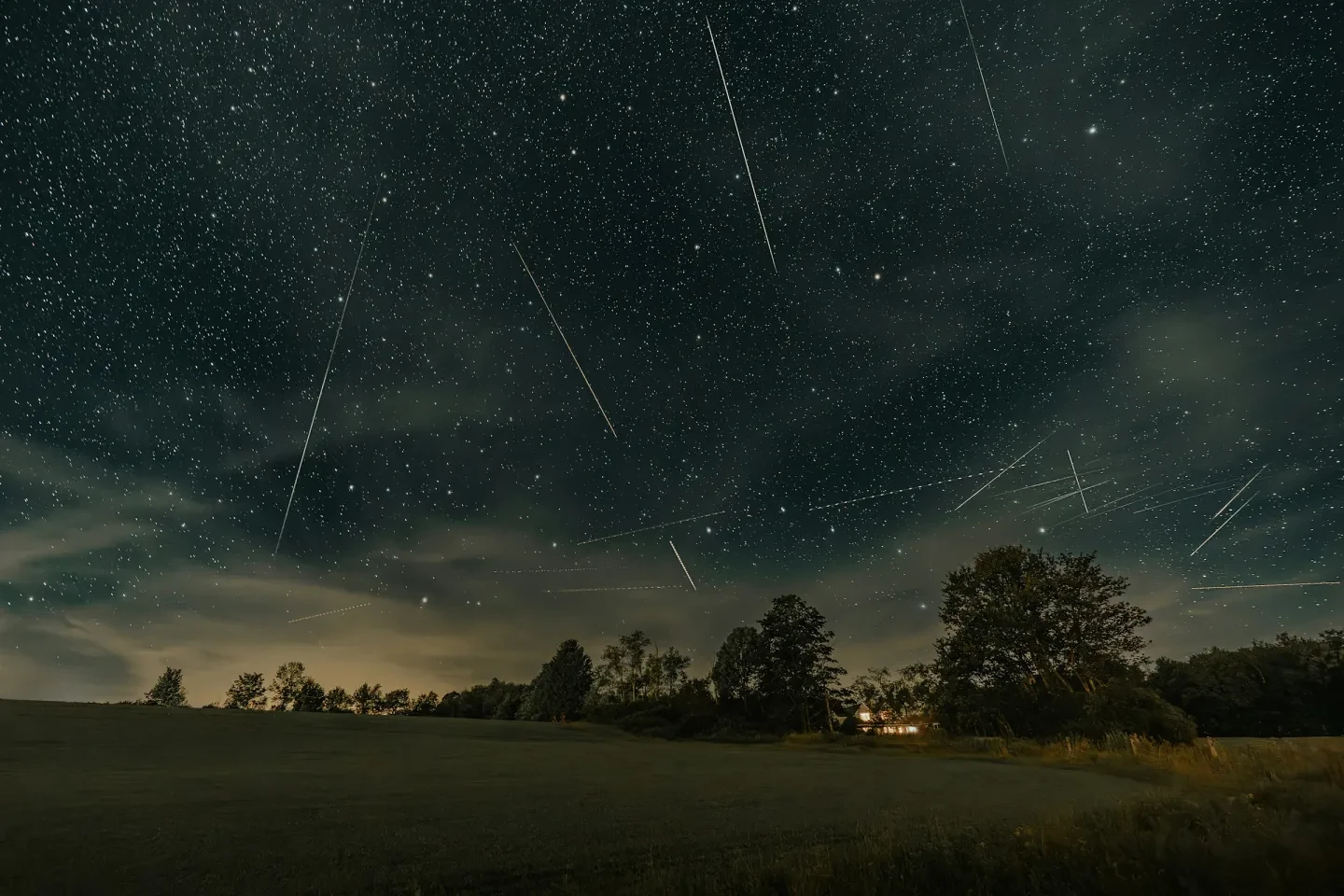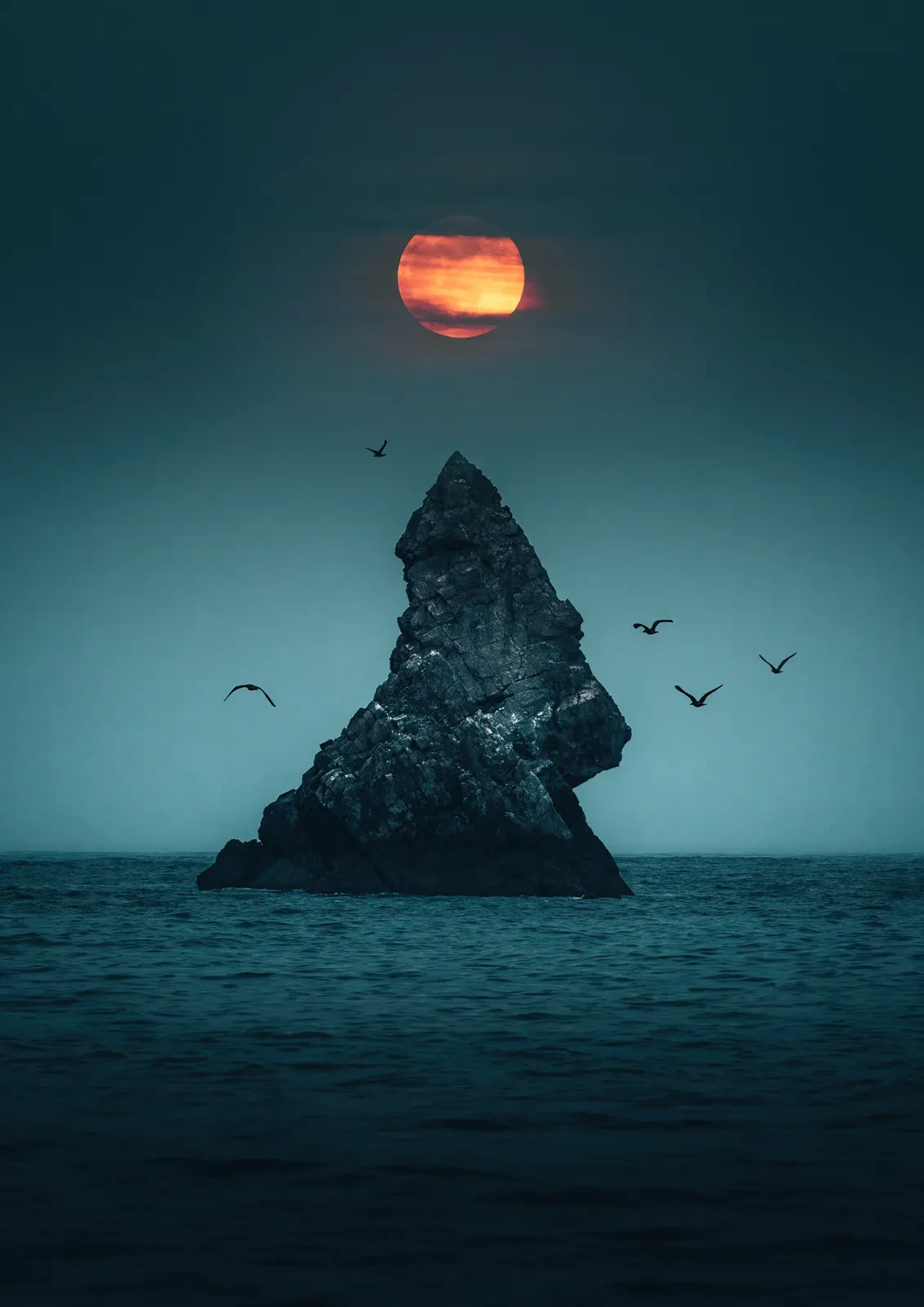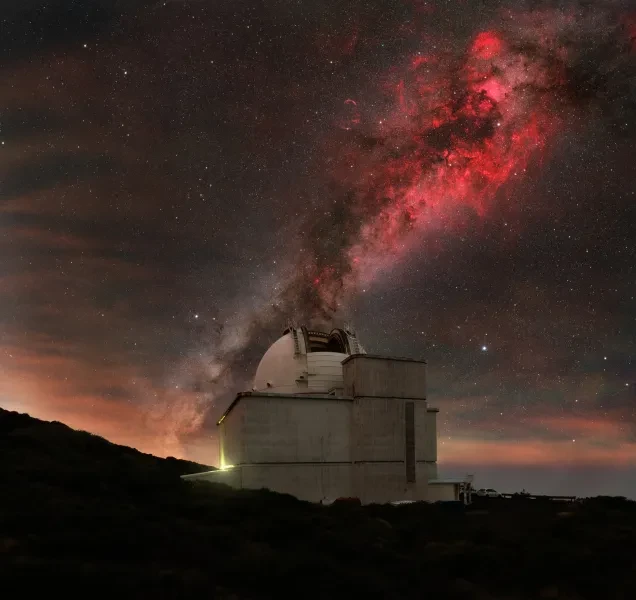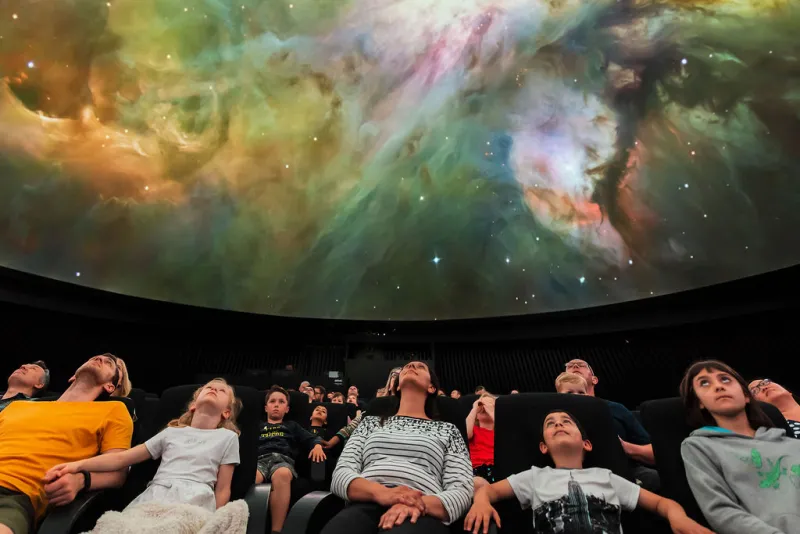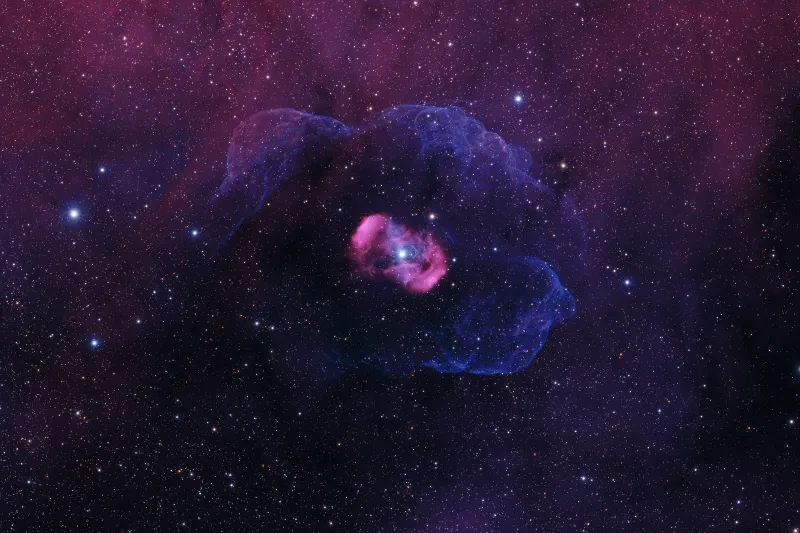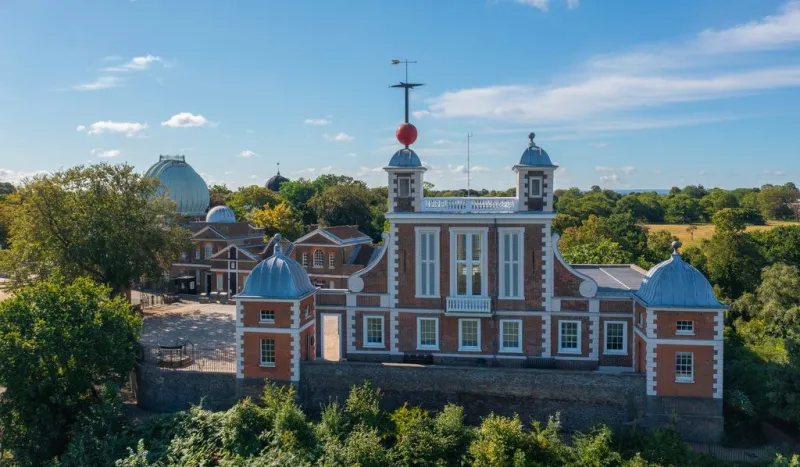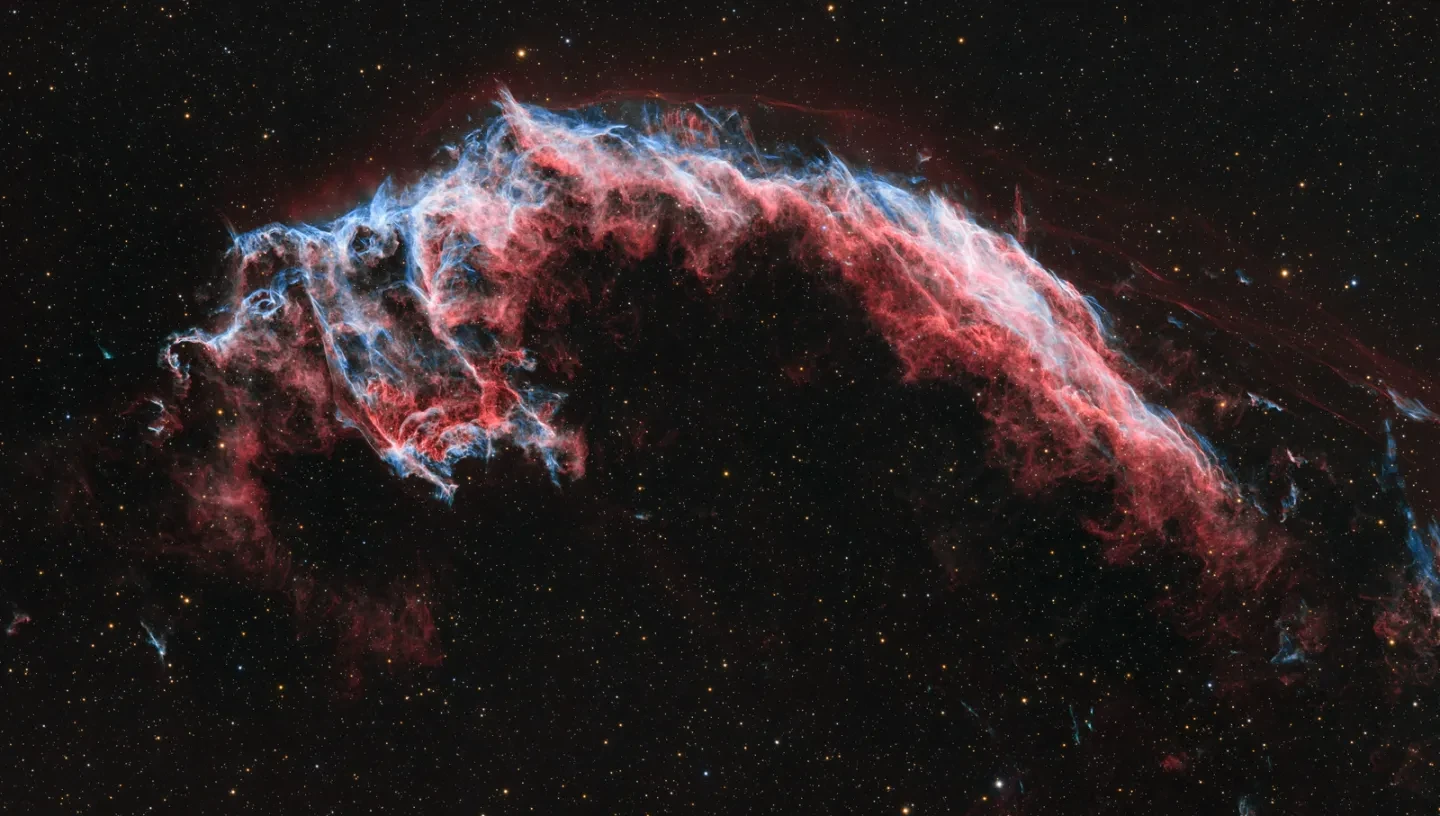
Discover what to see in the night sky this July, including two magnificent nebulae in Cygnus, Mercury at its best, and more!
Top 3 things to see in the night sky in July 2025:
- 4 July - Spot Mercury at its farthest from the Sun in the sky
- 30 July - Look out for the peak of the Delta Aquariid meteor shower
- Throughout the month - Delve into the deep sky wonders of Cygnus
Details given are for London and may vary for other parts of the UK.
Look Up! Podcast
Royal Observatory Greenwich astronomers Imo and Jess talk through some of this month’s must-see cosmic objects in this podcast. Also discussed are this month’s cosmic news stories. They cover the origins of a mysterious fast radio burst detected last year, and the very exciting first images of the Vera C. Rubin Observatory!
View the Veil Nebula
In last month's blog, we took a tour around the mythologies in the Summer Triangle, but now we can use it to peer a little deeper.
To recap, the Summer Triangle consists of three bright stars, which are great for spotting in the lighter nights of summer. The star Vega is part of Lyra the lyre, Altair is found in Aquila the eagle, and Deneb represents the tail of Cygnus the swan.
Cygnus can be identified by its pronounced cross shape stretching along the band of the Milky Way, prominent enough to give the constellation the nickname 'the northern cross'.
Hiding 2,100 light years away in Cygnus, between the stars Aljanah and Fawaris III, is one of the most glorious examples of a supernova remnant.
The Veil Nebula is the visible remains of a star 20 times the mass of our sun, thought to have met its violent end at least 10,000 years ago. In the lead-up to its death, the star expelled a giant bubble of gas outwards into the surrounding interstellar medium. This created a continually expanding spherical nebula known as the Cygnus Loop, which now extends 110 light years across.
Its continual expansion at 1.5 million kilometres per hour has actually been measured directly by comparing two pictures taken by the Hubble Space Telescope in 1997 and 2015.
The Cygnus Loop is an emitter of visible, radio, infrared and X-ray radiation, with the entire loop only revealed when combining images in each of these wavelengths. The visible part of the Cygnus Loop gives us the Veil Nebula, a sprawling region of nebulosity that extends across the width of about six full moons in the sky.
The nebula is so big that it is sometimes split into different sections – the Eastern Veil, the Western Veil and Pickering’s Triangle.
To view it, make sure the sky is as dark as possible, late in the night, without the glare of the Moon. A small telescope or binoculars will help make out the nebula’s different sections.
Take a trip to the North American Nebula
Cygnus is full of fantastic deep-sky objects to take in, so while we’re in the area, let’s look over to the North American Nebula, which can be found closer to Deneb at the tail of the swan.
Lying 2,600 light years away and spanning 90 light years in diameter is a nebula that seems to look a bit like a map outline of North America. The nebula has been spread into this familiar formation by stellar winds and is bordered by dark opaque nebulae where new star formation takes place.
The nebula is being bathed in ultraviolet radiation from a very hot star, causing the dust and gas to glow. For a while, it was thought that the star responsible for this was Cygnus’ tail star Deneb; however, it was determined that a much hotter star than Deneb was required. Eventually, the star responsible was identified to be a star hotter than 40,000 degrees located in the region where the Bahamas would be on the map of North America, giving the star its nickname 'The Bajamar Star'.
It’s possible to see a fuzzy smudge with the naked eye if under very dark skies, but this will be challenging under the light nights of July. A pair of binoculars or a telescope with a wide field of view will help to distinguish some of the nebulosity, and as with the Veil Nebula, give yourself the best chance by viewing late on a moonless night.
Mercury at greatest elongation
On 4 July, Mercury will reach its greatest elongation. This is one of the best times to observe the planet because it will have reached its maximum separation from the Sun in the sky.
The Sun is always a bit of an obstacle when viewing Mercury and Venus, as looking in their direction means we’ll always be looking 'towards' the Sun, since their orbits are between our own orbit around the Sun and the Sun itself.
At greatest elongation, Mercury will be separated from the Sun in the sky by 26 degrees, which is about the same size as the Plough. To make the most of this opportunity to view Mercury away from the obtrusive light of the Sun, look to the western horizon shortly after sunset. The planet will be visible in the constellation Cancer the crab until it sets below the horizon at around 10.30 pm.
Southern Hemisphere - Delta Aquariid meteor shower
Southern Hemisphere observers are best placed for night sky viewing at this time of year. While those of us in the Northern Hemisphere will have to stay up late to have a good shot at stargazing, those in the Southern Hemisphere can enjoy long, dark nights with their hemisphere tilted away from the Sun.
Not only this, but readers in the southern latitudes will have the best view of the Delta Aquariid meteor shower, which will take place between 12 July and 23 August with a peak meteor rate of 25 per hour.
Meteor showers occur when Earth passes through a field of debris left behind by a comet. As the debris falls through the atmosphere, it heats up and burns, giving us bright streaks across the night sky. These bright streaks will appear to originate near the star Delta Aquarii in the constellation Aquarius, which gives the shower its name. Having this radiant high in the sky is important to get the best view of the shower, as well as observing near the shower’s peak on 30 July.
It is thought that the debris we see in this meteor shower was deposited 20,000 years ago by Comet 96P/Machholz, a 6.4 km wide dirty ice ball discovered in 1986 that takes 5.3 years to orbit our sun.
The Perseid meteor shower
The Perseid meteor shower is a highlight of many meteor hunters’ calendars due to its high hourly rate and bright meteors. This year, the Perseids will be visible from 17 July until 24 August.
From 17 July, the number of meteors will steadily increase every night, reaching a peak on 12 August. After this peak, meteors will tail off until the end of the shower.
The meteors will seem to originate from the constellation of Perseus, so look there for your best chance at spotting shooting stars.
The Moon's phases in July 2025
First quarter: 2 July (20:30)
Full moon: 10 July (21:37)
Last quarter: 18 July (01:38)
New moon: 24 July (20:11)
Stargazing tips
- When looking at faint objects such as stars, nebulae, the Milky Way and other galaxies, it is important to allow your eyes to adapt to the dark so that you can achieve better night vision.
- Allow 15 minutes for your eyes to become sensitive in the dark and remember not to look at your mobile phone or any other bright device when stargazing.
- If you're using a star app on your phone, switch on the red night vision mode.
You may also be interested in
Header image: Eastern Veil: NGC6992/6995 © Jia You | Astronomy Photographer of the Year 2023 Best Newcomer
